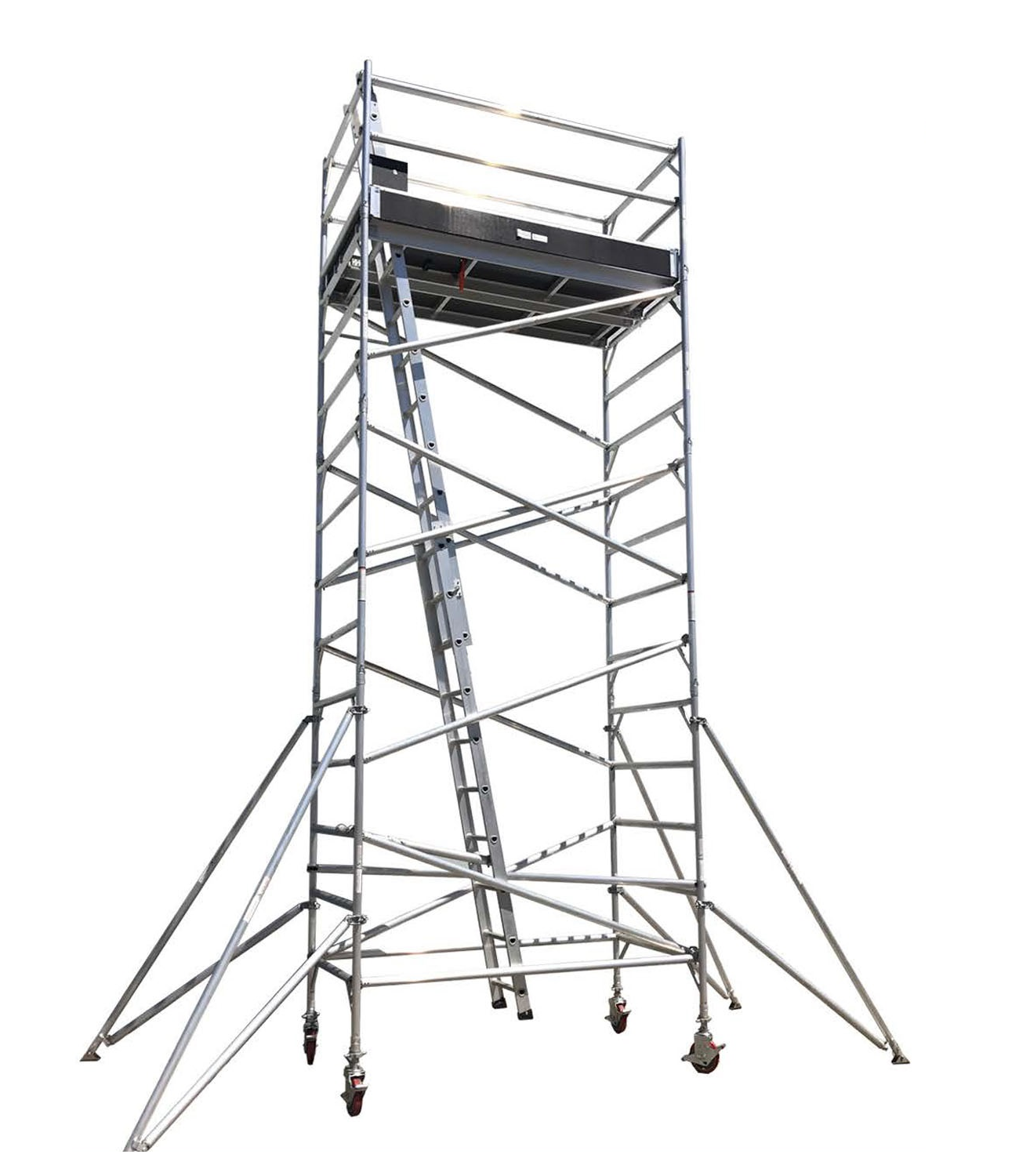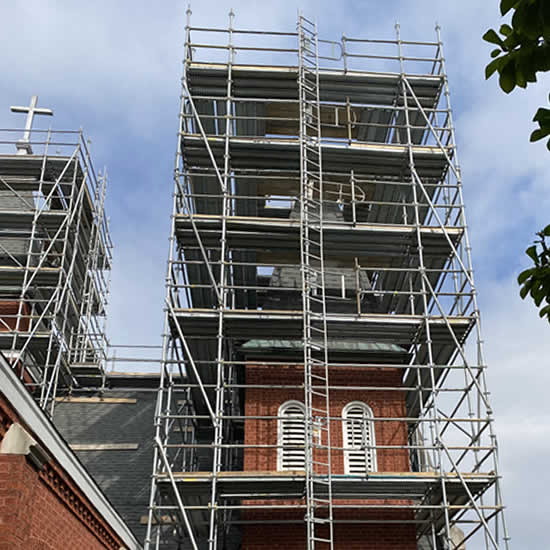Emergency Scaffolding: Quick Fixes for Unanticipated Situations
Understanding the kinds of emergency situation scaffolding such as tube and coupler, framework, put on hold, pole climbers, and shoring systems is important. Quick reaction, effective communication, and group control are vital for quick action. Consider website analysis, correct anchoring, configuration effectiveness, and devices examination for safety and security. Stick to safety measures and conduct normal inspections. Take apart effectively with a comprehensive plan and appropriate tools. Each action is crucial to guarantee safety and security and task continuity. Mastering these quick fixes is critical when unforeseen situations develop.
Sorts Of Emergency Scaffolding
In emergency circumstances, different types of scaffolding systems are used to swiftly and safely provide short-lived support for continuous building or upkeep work. These temporary services play a crucial duty in ensuring the continuation of job while keeping safety standards. When faced with unanticipated occasions, such as architectural failings or natural calamities, the ability to deploy alternate materials for scaffolding comes to be important.
One sort of emergency scaffolding commonly utilized is tube and coupler scaffolding. This system consists of steel tubes and couplers that can be swiftly put together to supply sturdy support. An additional effective alternative is structure scaffolding, which is flexible and simple to establish, making it perfect for emergency situations. Furthermore, systems like put on hold scaffolding, mast mountain climbers, and shoring systems supply specialized remedies for particular requirements.
In emergency situation situations, having a range of scaffolding choices that can be promptly released can make a considerable distinction in decreasing downtime and making certain the safety of workers and frameworks. By utilizing temporary solutions and alternate materials, construction and upkeep teams can properly respond to unexpected difficulties with dexterity and effectiveness.

Value of Quick Feedback
Quickly responding to emergency situations in building and upkeep jobs is important for ensuring the safety of workers and the prompt completion of jobs. When unforeseen circumstances develop, such as scaffold failings or architectural damage, quick action is critical to reduce risks and protect against further problems.
Effective communication plays a pivotal function in the speedy feedback to emergencies. Clear and succinct information sharing among team members assures that everybody recognizes the scenario at hand and can act appropriately.
Group coordination is additionally crucial throughout emergency situations, as it allows quick decision-making and allowance of resources to resolve the problem promptly. By working together flawlessly, construction and maintenance groups can execute emergency situation scaffolding services successfully, minimizing downtime and enhancing general task safety and security.
Focusing on a quick and orderly action to unexpected occasions not just safeguards the wellness of employees but likewise adds to the effective and timely completion of building and upkeep tasks.
Trick Factors To Consider for Configuration
When addressing the configuration of emergency situation scaffolding services, meticulous preparation and adherence to safety methods are critical. To ensure the performance and performance of the arrangement process, the adhering to key factors to consider ought to be taken into account:
- Website Assessment: Before erecting emergency situation scaffolding, a thorough assessment of the site must be carried out to recognize potential dangers, load-bearing capabilities, and details demands.
- Correct Anchoring: Safeguard and proper anchoring of the scaffolding is essential to ensure stability and safety and security. Supports ought to be installed according to supplier guidelines and sector standards.

- Configuration Performance: Time is commonly essential in emergency situation scenarios. Therefore, having a well-defined plan and proficient employees can significantly enhance the performance of the arrangement process.
- Devices Assessment: Before setting up the scaffolding, all tools should undertake an in-depth assessment to confirm its stability and functionality. Any type of damaged or faulty elements must be replaced prior to waging the setup.
Safety Measures and Evaluations
Safety methods play a critical function in assuring the safe operation and upkeep of emergency situation scaffolding structures. https://edgwarescaffolding.co.uk/index.html Abiding by rigorous security procedures is essential to secure workers and prevent mishaps. Assessment guidelines develop an essential component of these methods, as regular and complete inspections assist identify prospective hazards and ensure that the scaffolding continues to be structurally sound.
Inspections must be carried out by qualified employees who are experienced concerning scaffolding safety and security criteria and laws. They ought to check for any indications of damages, such as splits, rust, or loose connections, and ensure that all components are appropriately set up and safeguarded. Any problems recognized throughout assessments need to be promptly dealt with to keep the integrity of the scaffolding structure.
Tips for Effective Taking Down
Efficient taking down of emergency situation scaffolding frameworks is important to finishing the project safely and successfully. To guarantee a smooth dismantling procedure and save time, think about the adhering to pointers:
- Strategy Ahead: Before starting the taking apart process, develop a thorough strategy outlining the steps involved and assigning responsibilities to team members.
- Usage Appropriate Tools: Use suitable tools and equipment to dismantle the scaffolding efficiently. This consists of wrenches, hammers, and security gear to shield employees during the procedure.
- Follow Producer Standards: Describe the producer's guidelines for dismantling the certain type of scaffolding used. Sticking to these standards ensures a safe and effective dismantling procedure.
- Arrange Elements: Keep an eye on all scaffold parts during taking apart by arranging and labeling them. This will aid streamline the reassembly procedure if the scaffolding needs to be made use of once more in the future.
Often Asked Inquiries
Can Emergency Scaffolding Be Utilized as a Long-term Option?
While emergency situation scaffolding can provide instant support, it may not be suitable for long-term use as a result of worries about structural integrity and safety and security. Buying a permanent service guarantees long-term sustainability and cost-effectiveness for ongoing construction tasks.
What Are the Legal Effects of Using Emergency Situation Scaffolding?
Lawful factors to consider concerning emergency scaffolding involve conformity with safety and security policies, possible obligation problems, and making sure correct installation by licensed experts. Failing to comply with lawful standards might result in fines, accidents, and legal implications.
Are There Any Limitations on the Height or Weight Ability of Emergency Situation Scaffolding?
Elevation restrictions and weight restrictions are crucial variables when taking into consideration emergency situation scaffolding. Safety and security safety measures should constantly be observed to ensure architectural honesty. Adhering to these standards is vital to stop accidents and keep a safe and secure work environment.
Just How Can Climate Conditions Impact the Efficiency of Emergency Scaffolding?
Climate condition, such as rain and solid winds, can considerably affect the performance of emergency scaffolding. Rain can make surface areas unsafe, presenting a security danger, while high winds can undercut the structure, taking the chance of collapse. Correct analysis and preventative measures are crucial.
Exists Special Training Needed to Establish and Dismantle Emergency Situation Scaffolding?

Specialized training is important for establishing and taking apart emergency situation scaffolding. It assures safety and security precautions are adhered to, proper tools handling, and effective execution of jobs. Training covers risk assessment, assembly techniques, and emergency situation treatments.
Verdict
To sum up, emergency situation scaffolding is crucial for fast services in unanticipated conditions. scaffold tower
It is crucial to react promptly and take into consideration vital aspects for arrangement.
Prioritizing safety measures and evaluations is necessary, as is successfully taking apart the scaffolding when no more called for.
Sufficient planning and execution of emergency scaffolding can help in reducing threats and assure a secure workplace in times of situation.
